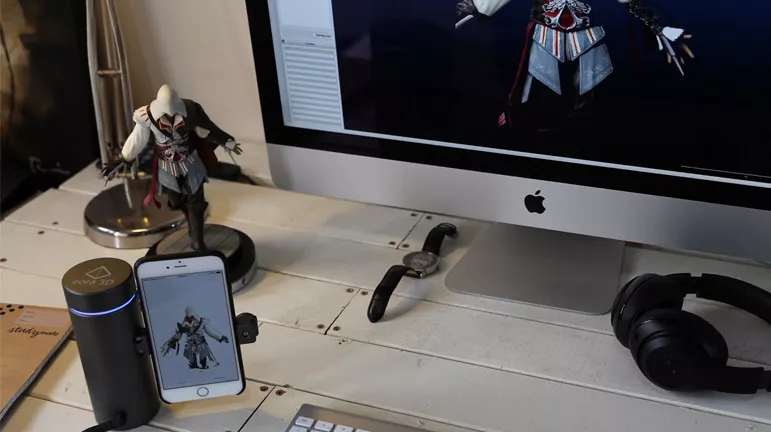Table of Contents
Introduction
In today’s digital realm, 3D scanning technology has made leaps, especially with its integration into smartphones. Anyone wielding a modern mobile device can now harness the power to create 3D images of their surroundings. Yet, as innovative as this sounds, 3D scans captured on smartphones frequently require additional tweaks. This is precisely where specialized 3D Scan Editing software becomes indispensable. They not only elevate the scan’s quality but broaden its application spectrum, encompassing areas like gaming, design, or industrial engineering. Dive in to discover how to enhance your 3D scans through meticulous editing.

The Intricacies of Smartphone 3D Scanning
3D scanning with a smartphone is a blend of camera prowess and algorithmic magic. Whether relying on infrared depth sensors or exploiting parallax between multiple cameras, the goal is a seamless 3D model. But this journey has hurdles. Scan quality is tethered to camera performance and ambient lighting. Scanning intricate objects or textures often pushes smartphones to their limits, leading to imperfect 3D models. Recognizing and rectifying these imperfections is crucial.
Navigating the World of 3D Scan Editing Software
Venturing into the realm of 3D Model Enhancement? Your choice of software is pivotal. The market teems with options, but your objectives and requirements dictate the best pick. Artec stands out in this crowd, boasting robust tools tailored for 3D scan optimization. Its user-friendly interface caters to both novices and seasoned professionals. Key features to scout for include:
- Editing agility
- Smoothing capabilities
- Texture optimization
- File format versatility
Mastering Advanced 3D Scan Editing: A Guide for Professionals
For those seeking to transcend basic edits, advanced tools beckon. Layers offer a nuanced approach to dissecting a 3D model. Textures breathe life into scans, making them more realistic. Advanced tools allow intricate adjustments, from color tuning to adding novel textures. Further, 3D models can be tailored and calibrated for niche tasks, be it gaming or industrial design. Mastery over these tools paves the way for impeccable 3D models, making every detail count.
Unlocking 3D Scan Editing Prowess: Tips and Best Practices
Editing 3D scans is an intricate dance between technical finesse and aesthetic flair. For commendable results, a few golden rules help:
- Eschew excessive edits to retain a model’s authenticity.
- Toggle between ‘structured’ and ‘unstructured’ modes to achieve desired contours.
- Periodic checks in varied display modes ensure model integrity.
- Utilize comparison features to gauge edit effectiveness. Remember, the journey of 3D scan editing is rife with trials, but a balanced approach ensures authentic, realistic results.
Conclusion
The evolution of 3D scanning on smartphones heralds an era of endless possibilities. However, to truly shine, these scans beg for judicious editing. With the right software, honed skills, and an eye for detail, 3D scans metamorphose, striking a balance between realism and perfection. In this quest, the devil truly is in the details.
Eun-Ji is a journalist by training and a 3D enthusiast by nature. She studied journalism in university and has been writing ever since, but it was only recently that she discovered her love for 3D modeling.
